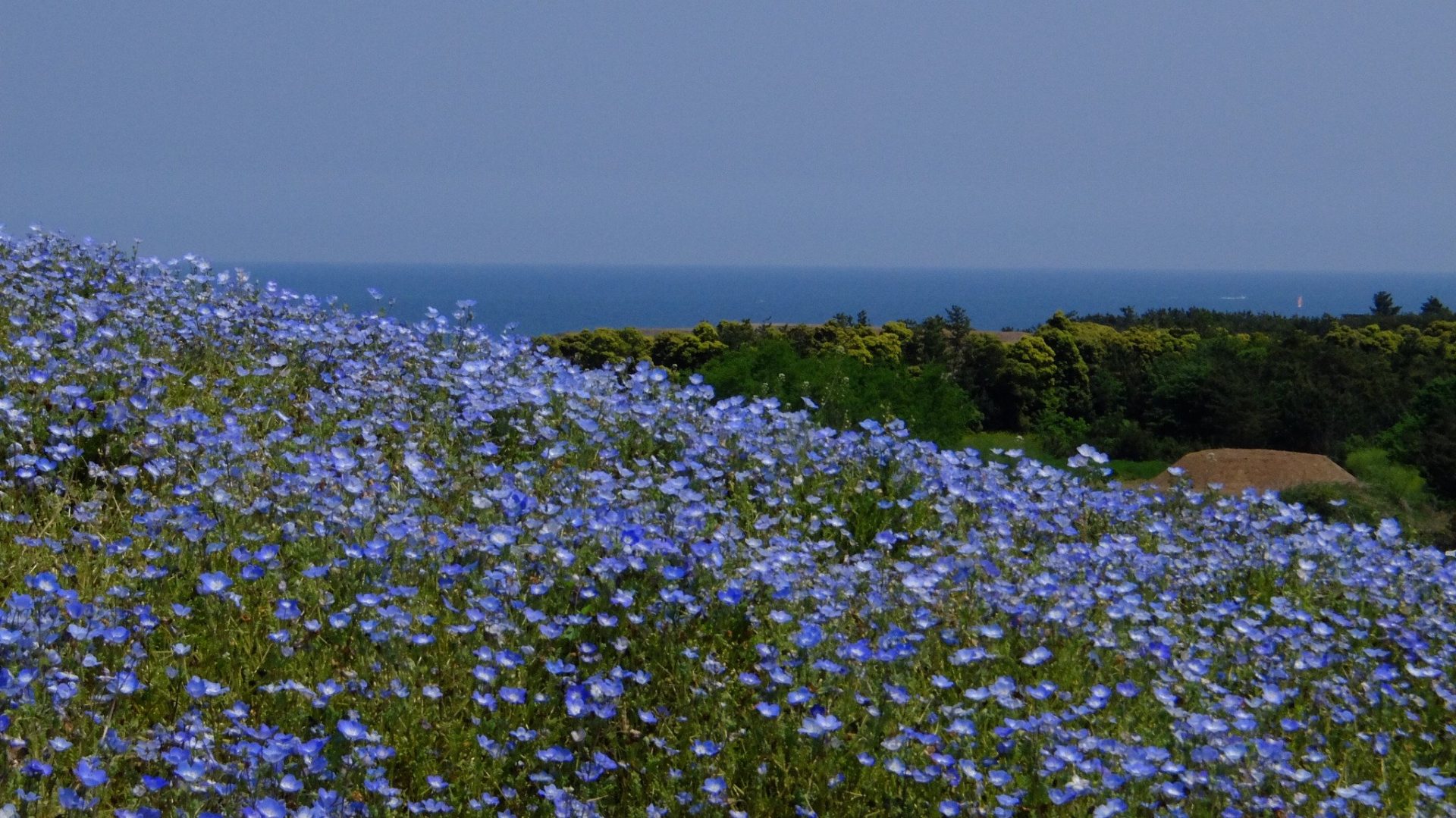TANAUAN, Leyte – When I asked Ms. Penelope, wife of Tanauan mayor Pelagio Tecson, Jr., what were the things that they desperately need at the moment, she replied without batting an eyelash: pako [nails].
Tanauan was one of the ill-fated towns the was on the path of the typhoon’s eye. To be precise, the eye of the strongest typhoon ever recorded passed through the towns of Tanauan and Tolosa, both in Northern Leyte. The damage there is unimaginable–akin to the Hiroshima bombing and Fukushima tsunami combined.

Tanauan town hall
On the surface, it seemed like Tacloban sustained the most damage since it is a big city–the center of commerce and trade in Region 8–with so many structures to obliterate. But I felt the deepest sadness, the kind that pierces your bones, in Tanauan. I couldn’t explain why but all I knew that after leaving the town, I suddenly had the urge to down a bottle of vodka.

Commerce is alive and kicking in downtown Tacloban
I felt the stirrings of life in Tacloban upon seeing signs of commerce, of people starting to shop again along the bangketa [sidewalks]. In contrast, Tanauan had yet to start propping itself up. Penelope Tecson (the mayor was out in one of the severely affected barangays when we dropped by the town hall) said her kababayan would only be able feel that they had already reached the second stage, which is the post-disaster reconstruction, if they have proper roofs over their heads.
They currently seek protection from the elements under the toldas that aid agencies had been handing out to the survivors of Typhoon ‘Yolanda’.
With whatever meager resources that it had, the local government of Tanauan managed to purchase GI sheets for homes demolished by ‘Yolanda’. Unfortunately it didn’t have enough to buy nails to secure the newly purchased yeros.
“Tuwing umuulan nga, nakakatrauma, lahat kami natatakot na baka mangyari na naman [yung nangyari nung bagyo],” Penelope said.
And those panic attacks happen everyday since it rains in the afternoons until early evenings in Leyte and Samar.
Realistically, going back to school is impossible since there are virtually no classrooms left (and those that are serviceable are few), teachers are ill-prepared and digesting lessons are the farthest thing on the children’s minds. But the mayor’s wife said they had to comply with the Department of Education’s order to start classes on the first week of December to give a sense of normalcy to children and their parents.
“You know, so that they can see their classmates again,” Penelope said. To see each other again, account for who were lost, share their experiences with one another and be together in grief, I added to myself.
However, it’s hard to pretend that things are back to normal if you do not have the basic tools such as pen and paper.
“There are well-meaning people here, the aid workers, who were asking for materials like desks but we said we don’t have any left,” she said in exasperation.
This is the same story in almost every town ravaged by ‘Yolanda’. Salvacion Agudera, a staff at the Sangguniang Bayan in Carigara, Leyte, has been seeking donors who would be kind enough to finance their first batch of school supplies that would still be purchased in Cebu. She said it is pitiful to see school children, trying their best to cope, without any pen. Or paper.

The hole in the wall used to be a blackboard. (Brgy. San Antonio, Basey, Samar)
It might seem trivial, wanting to have pen and paper in the middle of a disaster area but if you’ve been there, you would wish for something that would give you hope that life can go on after the world nearly ended. And that pako and ballpen would spark that hope.




